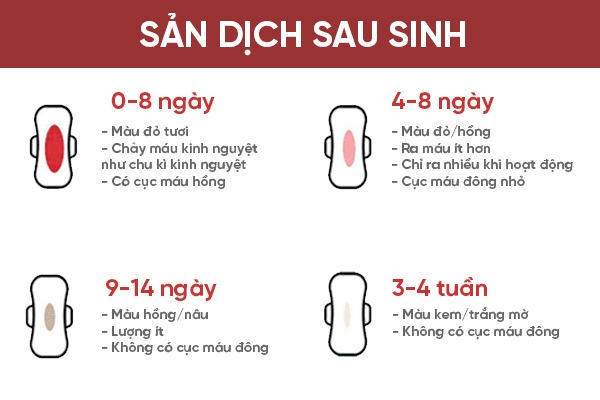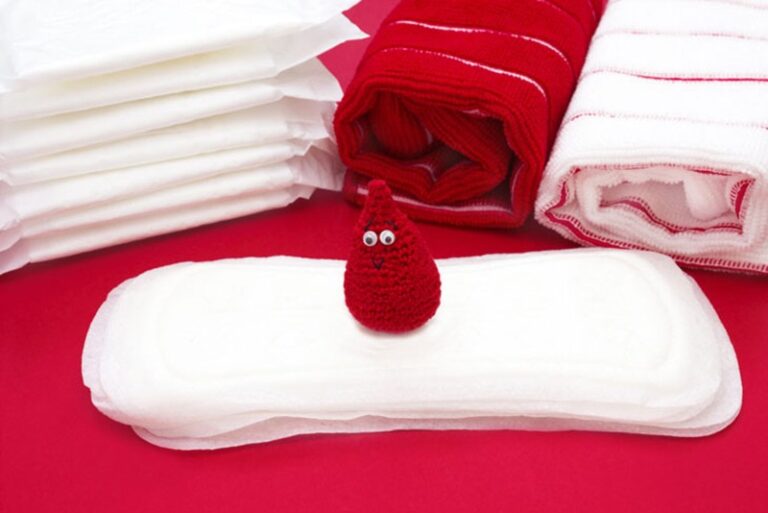Lochia is a normal physiological phenomenon for women after giving birth. Lochia occurs due to the process of contractions pushing out the remaining blood after birth and the uterus recovering. How do you know when lochia has stopped? How long lochia lasts are questions that any first-time mother wants to know. Let’s find the answers with DailySavingz in the article below.
How do you know when lochia has stopped?

How do you know when lochia has stopped? Whether a mother gives birth vaginally or via C-section, lochia is completely normal. Lochia is the vaginal discharge from the mother after giving birth. It’s a combination of leftover fragments from the uterine lining, amniotic fluid, other fluids, and blood clots remaining at the placental attachment site.
Therefore, initially, lochia is bright red. The amount of lochia is heavy in the first few days after birth and gradually decreases. If the mother’s health is completely normal, after about 20-25 days postpartum, lochia will gradually decrease and stop completely after about 1 month. However, in some cases, lochia can last up to 2 months. So how do you know when lochia has completely stopped?
To know if lochia has completely stopped, mothers should observe their sanitary pad. If there are no traces of blood on the pad, it means the lochia has completely stopped. Mothers can be completely reassured. However, mothers should also be careful not to overexert themselves. Because the newly healed uterus is at risk of being injured again.
If the mother notices that the amount of lochia in the following days does not decrease compared to the first few days, she should pay attention. This could be a sign that the mother’s body is overly fatigued and needs more nourishment and rest. Mothers should absolutely avoid heavy work or strenuous activity.
How long after birth does lochia stop?

How do you know when lochia has stopped? How long after birth does lochia stop? The duration of lochia after birth depends on the health and constitution of each individual.
Typically, lochia in postpartum mothers will last for about 2-6 weeks. But there are also mothers whose lochia lasts up to 2-3 months. If the mother does not feel discomfort, fever, or excessive bleeding that doesn’t stop, there is no need to worry. The mother should nourish herself more and take time to rest so her body can recover quickly.
In cases where lochia is still heavy after 6 weeks, accompanied by an unpleasant odor, persistent fever, and abdominal distension, the mother may be experiencing lochia retention – simply understood as lochia being trapped in the uterus and unable to be expelled.
If this condition persists for a long time, it can be very dangerous and can cause infection, affecting life. Therefore, if you see these signs, mothers should immediately go to the hospital for a timely examination.
Above is information to help mothers answer the question of how long after birth lochia stops? How do you know when lochia has stopped. Hopefully, mothers have gained some useful information to take care of themselves, improve their postpartum health, and shorten this uncomfortable period.

